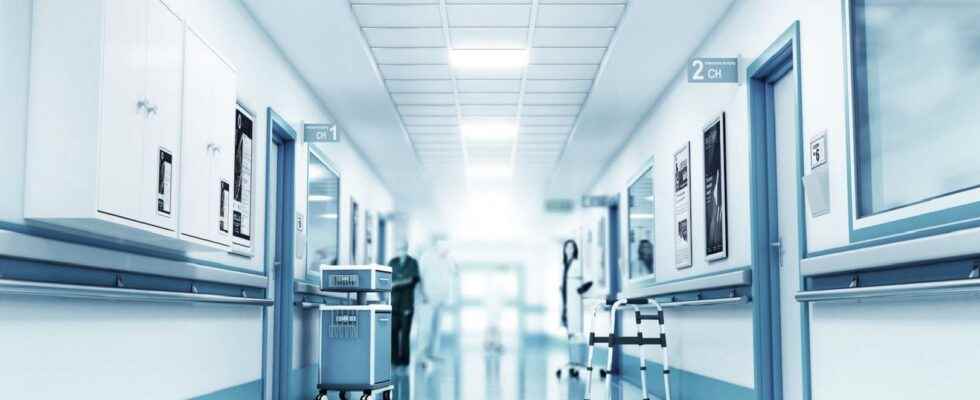A nosocomial infection (or healthcare-associated infection) is a infection contracted in the hospital, that is to say that it is not present when the patient is admitted. It is considered as such if it occurs after 48 hours spent in the establishment, up to 30 days after surgery in the case of an infection in the area where the operation took place and up to one year after fitting a prosthesis.
It can be related to a surgical act or appear during the stay in the hospital, regardless of any surgery. The microorganisms the origin of the infection may come from the patient himself. They contaminate another part of the body, during an invasive procedure (infusion, urinary catheter, etc.) for example. They can also come from the hospital environment (airwater, food, etc.), the use of poorly sterilized medical instruments or contact with another patient or the nursing staff.
The most frequent nosocomial infections concern the urinary tract, the respiratory tract, the area of the operation and the blood system. They are most often bacterial. Escherichia coli, Staphylococcus aureusPseudomonas aeruginosa are the three species most common bacteria. About 4,000 people die from nosocomial infections in France every year. To prevent these infectionscaregivers must wash their hands regularly, wear gloves and a mask and disinfect equipment and surfaces after use.
You will also be interested
[EN VIDÉO] Staphylococcus aureus, a fearsome bacterium Bacteria are the smallest life forms on Earth. Among them, Staphylococcus aureus evolves, which can become a dangerous pathogen when it penetrates our defense barriers. The Institut Pasteur explains to us in this video how research could overcome it.
Interested in what you just read?
